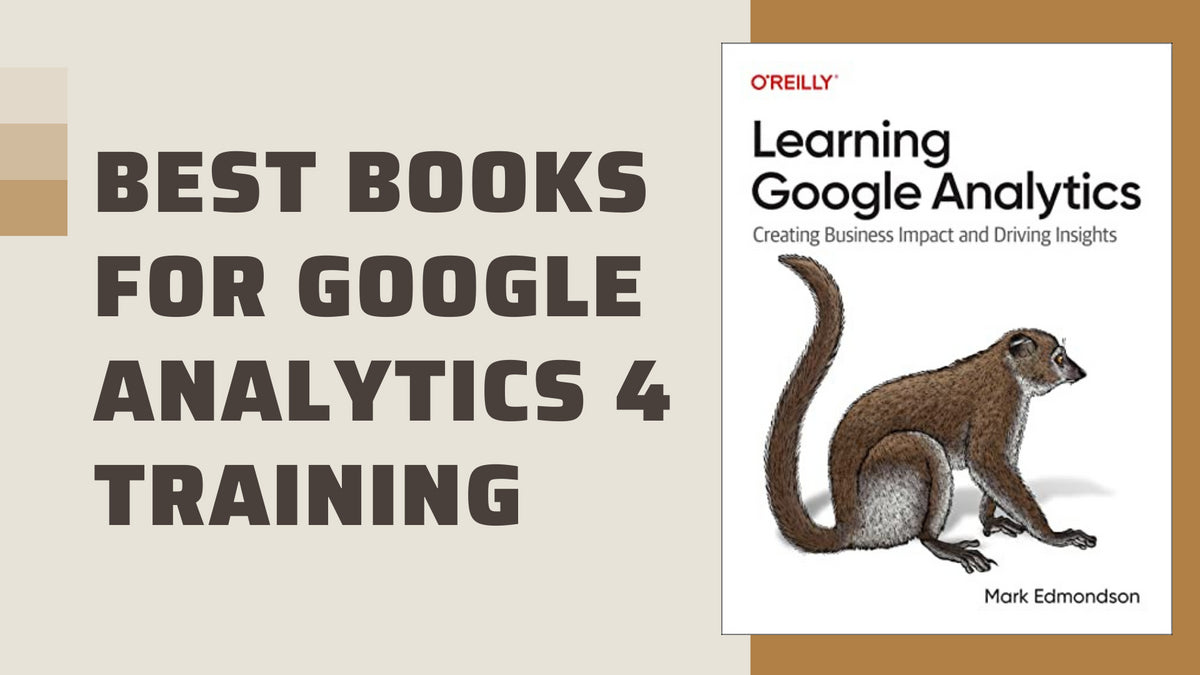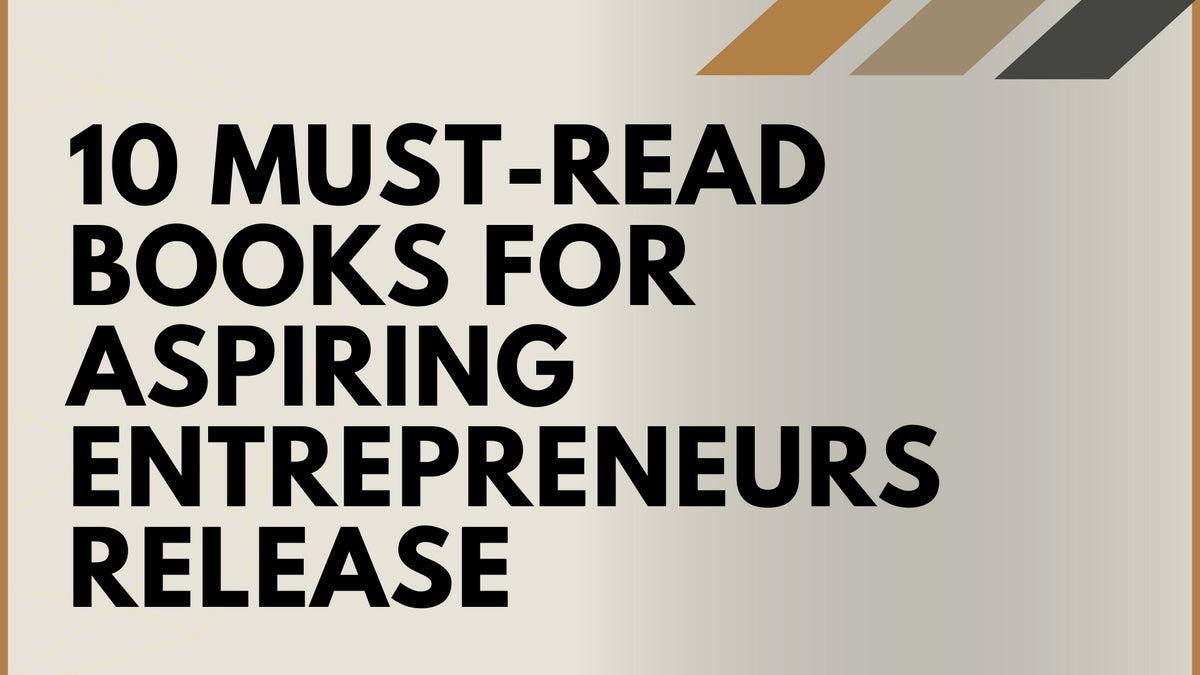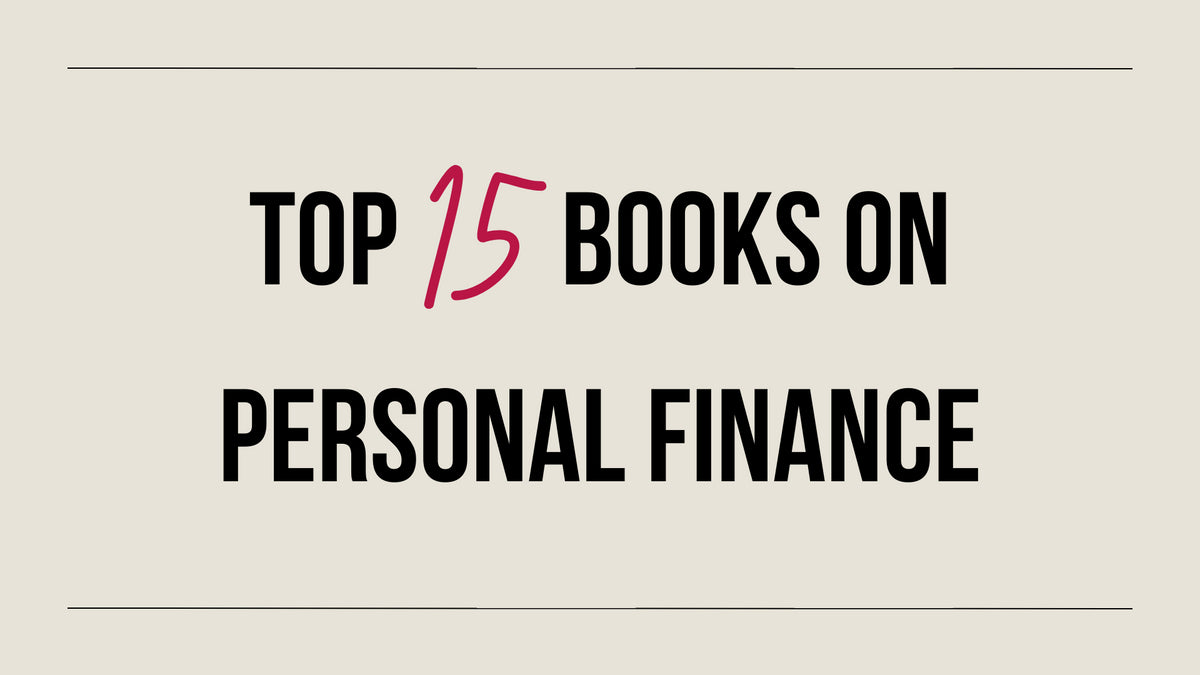Your Cart is Empty
Building a StoryBrand Book Summary: Clarify Your Message So Customers Will Listen
Listen To This Article
Brand Messaging And Positioning Framework
Building a StoryBrand is a treasure trove for a marketer! It is strewn with actionable steps throughout. The creation of marketing messaging and its implementation are brilliantly explained in this book.It talks about how to build your brand to make it magnetic to customers. Your customer is the Hero of your brand story and your brand should aid the hero as a guide or mentor would. When the Hero (customer) encounters a problem, the trustworthy guide (your brand) should help him solve the problem.
Help Potential Customers Understand Your Brand
- Why customers tune out insipid marketing messaging in these days of marketing noise
- A simple SB7 Framework – a seven step BrandScript Framework, telling you how to frame a catchy customer story which resonates.
- How to make your customer the hero of your brandstory
- Implementing your StoryBrand BrandScript in all your marketing products, to make it magnetic to customers.
- Why short, clear and straightforward always works

Featured In This Review
Building a StoryBrand
$16.30
Learn how to talk to your prospects more effectively. Learn to guide them to the answers they're looking for quickly and they'll come back again and again.
SHOP NOWBuilding a StoryBrand Book Summary
A few pages into this practical branding book and you will be hooked. The first part delves into marketing mistakes. The actionable step by step guide at the end of each chapter helps clarify and gain fresh perspective.
The first part of the book is about Brand Messaging Mistakes. Donald Miller tells that communication is key when it comes to good marketing messaging.
The number one mistake brands make is lack of clarity in communicating about how their product can help people survive and thrive. Do not assume the customer knows the value your brand will bring to him. Simply and clearly express how customers will benefit from your brand.

Another mistake is complicated marketing messaging. Communication should be simple and interesting. Story is an effective way to cut through the noise. It is enjoyable. It is engaging and does not tax the brain cells. For creative communication ideas I would recommend Hey Whipple Squeeze This.
Exposed to a marketing blitzkrieg on a daily basis, the human brain tends to tune out messages that do not resonate with them. Brand Story is the best way to make people listen amidst all the noise.
Miller has put together a framework, the SB7 Framework. There are seven key elements to Building a Storybrand. Adhering to this flow, will engage customers.
Want to buy a book review like this?
Click here to learn how to get your book reviewed!
The premise of the SB7 Framework stems from an age old story that you see time and time again in movies: “A character who wants something encounters a problem before they can get it. At the peak of their despair, a guide steps into their lives and gives them a plan, and calls them to action. That action helps them avoid failure and ends in success.”
This is both an analogy and can also be applied literally.

Character is your customer and should be the Hero of your brand story. Understanding and defining the wants of the customer in your story will engage them.
Problem is the villain to the Hero. It can be at three levels – External, Internal and Philosophical. Your brand story should address and clarify these problems. Customers will then feel invested in the story.
A brand’s goal is to be a guide to customers and help them overcome their problems. Your marketing messaging must always keep the Hero in focus and the guide (you) in a supporting role only. Show you have authority to be a superlative guide but never overshadow the Hero’s journey.
A brand can gain the Hero’s trust by offering a clear plan. This plan should help resolve his challenges in a simple and clear manner. It should give confidence to them and tempt them to buy your solution.

The story so far carries a high chance of failure unless there is a call to action. Push your Hero into taking action. Make clear, repeated calls for action. Miller says to make transitional calls to action which are like inviting someone on a date, or direct calls which are like asking them to marry you.
The book explains that every step of your plan should tell the Hero how he can avoid failure, with you as the guide. Address the intrinsic human need to avoid the pitfalls of failure and move towards success. After reading Building A Storybrand, if you want more details on providing guidance and information that prospects will care about, I recommend reading the book They Ask You Answer.

Success can mean self-realization, power, position, status or being unified with someone or something to make you whole.
Once your story “script” is ready, Miller talks about how you implement it. This is of the utmost importance. Use it to build a better website – your window to potential customers. Drive traffic, get leads, offer lead magnets, convert and capture customers with a powerful marketing messaging powered by SB7 framework. Two books on this would be The Ultimate Sales Machine and F#ck Content Marketing.
This short but dynamite book is a treasure trove. You can’t help but reevaluate all you’re doing after reading it.
About The Author Donald Miller
At age 49, Donald Miller is already a highly successful author, public speaker and business owner. His net worth was approx. $1.6 billion as of March 2019. He rose to fame in 2003 with his New York Times bestselling book Blue Like Jazz. He further authored many successful books about Christian faith like Searching For God Knows What and A Million Miles in a Thousand Years. Anther religious book by another author worth reading is How The Bible Became The Bible.Donald Miller is the CEO of StoryBrand. He has consulted with hundreds of companies to help them clarify their marketing messages. He and his team coach clients on the SB7 Framework to successfully tell a story that clarifies their clients’ messaging to create better websites, elevate pitches and marketing materials.
Grab a copy of this bestseller to improve your marketing effectiveness and brand messaging.
Want to buy a book review like this?
Click here to learn how to get your book reviewed!
Leave a comment
Comments will be approved before showing up.
Also in Books

The Best Books for Google Analytics 4 (GA4) Training
Unlock the secrets of Google Analytics 4 with our curated list of the best GA4 training books for 2023! Dive deep into actionable insights, master advanced techniques, and lead the digital analytics revolution. Don't get left behind; discover the ultimate resources to dominate GA4. Click now to elevate your skills!
Read More
10 Must-Read Books for Aspiring Entrepreneurs
Do you dream of starting your own business? If so, you need to read this article! We've compiled a list of 10 must-read books for aspiring entrepreneurs. These books will provide you with the knowledge and inspiration you need to turn your dream into a reality. Click here to read the article and learn more!
Read More
Top 15 Books on Personal Finance
Are you looking for a safe and informative place to learn about personal finance? If so, you've come to the right place! This article discusses the top 15 personal finance books on the market, all of which are sure to help you improve your financial situation without any explicit sexual descriptions or that is sexually suggestive in nature or is primarily intended to cause arousal.
Read More